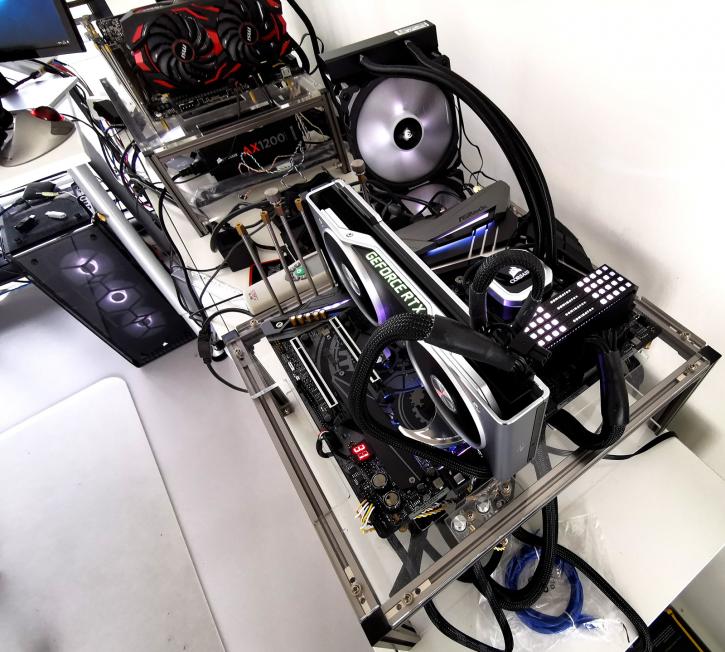Image Quality and System requirements
Image quality settings and benchmark system
We use a run with the best image quality settings for this game, the highest possible quality mode (Ultra). Games typically should be able to run in the 60 FPS range combined with your monitor resolution. From there, you can enable/disable things if you need more performance or demand even better game rendering quality. There's a lot of features you can configure, we recommend you to stick to the best quality settings and leave it at that. F1 2021 has a higher level of visuals than the previous edition. There are numerous possibilities. The game includes FPS limiters between 30 and 250 FPS. The changeable goal frame ratio of FPS 30, 40, 60 or 120 or 144 is a dynamic resolution. In addition, there are five different graphic presets with ultra-low, low, medium, high and ultra-high, a configurable integrated benchmark, and, more recently, descriptions of the individual options.
Nvidia HBAO+ is used on a GeForce, while ASSAO (actually developed by Intel) is applied for Radeon cards as default. The latter lin our opinion looks better and can also be used on a GeForce graphics card, there hardly is any performance loss. We opt for Ultra High settings, TAA, AF 16 and ASSAO, this is the basic rasterizer/shading setup. Of course in the addendum of the article, we'll also check out Raytracing performance and DLSS. In the video below an overview of our settings, and the setting selection available.
The graphics cards tested
In this article, we'll make use of the following cards at a properly good PC experience graphics quality wise, the quality mode as shown above with Vsync disabled. The graphics cards used in this test are:
- GeForce GTX 1060
- GeForce GTX 1070
- GeForce GTX 1070 Ti
- GeForce GTX 1080
- GeForce GTX 1080 Ti
- GeForce GTX 1650 Super
- GeForce GTX 1660
- GeForce GTX 1660 Super
- GeForce GTX 1660 Ti
- GeForce RTX 2060
- GeForce RTX 2060 Super
- GeForce RTX 2070
- GeForce RTX 2070 Super
- GeForce RTX 2080
- GeForce RTX 2080 Super
- GeForce RTX 2080 Ti
- GeForce RTX 3060
- GeForce RTX 3060 Ti
- GeForce RTX 3070
- GeForce RTX 3070 Ti
- GeForce RTX 3080
- GeForce RTX 3080 Ti
- GeForce RTX 3090
- GeForce Titan Xp
- Radeon RX 470
- Radeon RX 480
- Radeon RX 5500 XT (8G)
- Radeon RX 5600 XT
- Radeon RX 570
- Radeon RX 5700
- Radeon RX 5700 XT
- Radeon RX 580
- Radeon RX 590
- Radeon RX 6700 XT
- Radeon RX 6800
- Radeon RX 6800 XT
- Radeon RX 6900 XT
- Radeon VII
Test environment (system specification)
System Spec
- Ryzen 9 5950X
- X570 (ASUS Crosshair VIII HERO)
- 16GB DDR4 3600 MHz CL14
- NVMe, M.2. SSD
Graphics drivers
- GeForce graphics cards use the 471.11 (download).
- Radeon graphics cards we used a beta AMD Radeon Adrenalin 21.7.1 driver (download).
- Resize BAR (rBAR) is activated


